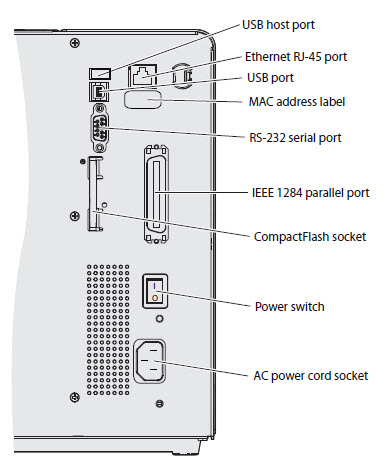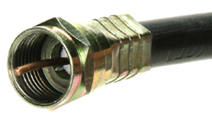Interfaces








For more information or to discuss your project, Contact Us or call 888-237-8525.


